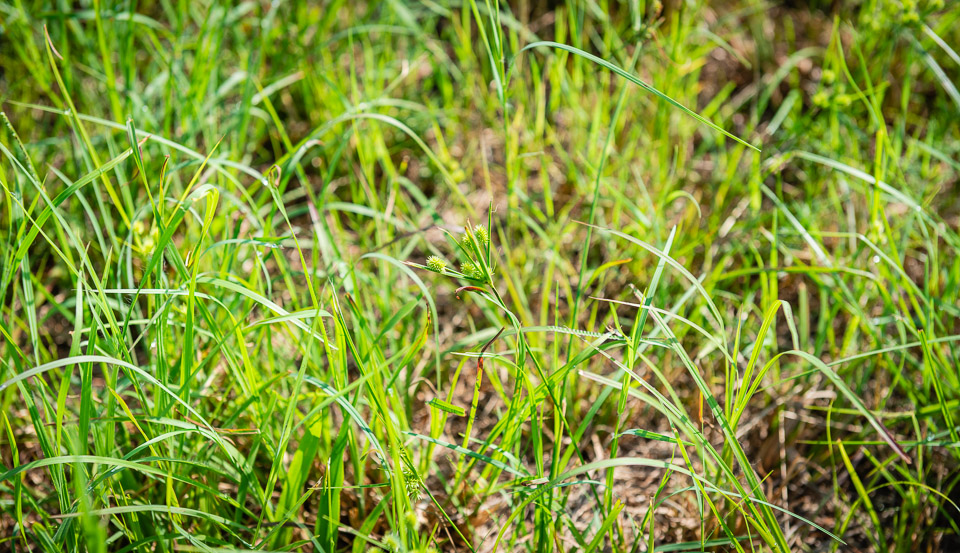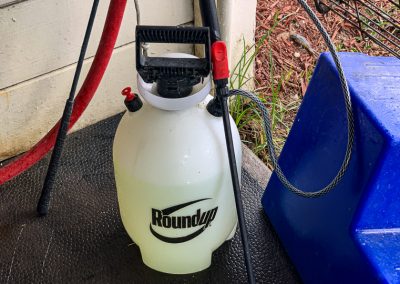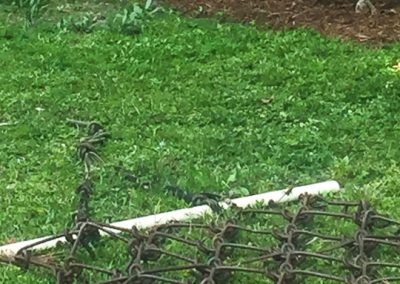
Horse Farm Pastures – Maintenance
There is little attention given to the health and maintenance of the pastures for our horses. Farm owners must realize two principles. The first is that there is a natural ebb and flow to the cycles between plant growth and horse health. The second is that the plants in the pasture are living just like you and your horses. These plants need as much attention to their health as your horses because without it, it, the soil and microbes within the soil needed for plant life will die.
**CONTINUED IN ARTICLE TAB**
Related material – Sometimes I have a lot of material here that I have written, podcasted, video blogs and other things. They will be listed in this tab.
Use the browser back button or menu to return to the index of topics.
⬇︎ CLICK ANY IMAGE BELOW TO REVEAL MORE INFORMATION ⬇︎
There is little attention given to the health and maintenance of the pastures for our horses. Farm owners must realize two principles. The first is that there is a natural ebb and flow to the cycles between plant growth and horse health. The second is that the plants in the pasture are living just like you and your horses. These plants need as much attention to their health as your horses because without it, it, the soil and microbes within the soil needed for plant life will die.
Yes the dirt has a unique microbiome just like the intestinal tract in us and out horses. While we carry our dirt around (food + microbes = feces), plants that can’t move grow roots into the surrounding alive dirt. Our intestinal microvilli are the roots in animals.
Dormancy occurs in the non-growing season (winter) in temperate climates. In dormancy the plant stops producing glucose through photosynthesis with the result of a near zero starch stored in the areas where the horse can get to it. This makes cellulose the dominant portion of dormant plants which is perfect for helping the horse shed the excess body fat without losing muscle. The starch returns in spring and summer to provide starch for body fat development before the next winter.
Most horse owners do not have enough pasture to support the number of horses on the farm. This leads to pasture destruction with the creation of dirt lots and the need to supplement with hay. A hundred years ago every farm had the pasture to support the needed horses but as time has marched on and horses have become mostly recreational. In addition hay has become abundant and ubiquitous and the price of land too high for most to purchase more than a few acres. More obvious to me is the absence of young horse owners to understand this change and its effect on the health of horses. More on this in the nutrition section but the continuous feeding of last summer’s grass (hay). Throughout the winter is the primary cause of illness and unsoundness in horses today.
I get to drive through lands where horses are not restricted to the small plots of dirt that are common in suburban areas where wealthy owners split their time between the urban access to income and rural land. These horses look healthy in the depth of winter with enough body cover to maintain themselves until the spring grass.
My point to this under the topic of pasture maintenance is that when you are limited in pasture space it becomes more important to understand the ebb and flow principle of horses eating. With this in mind it is very important to maintain the pasture in the best possible way. This includes the prevention of overcrowding, finding winter pasture to rent or lease to give the farm pasture a rest, proper analysis of dirt and supplementing the pasture with the food it needs to survive the horses. Find an expert in pasture maintenance and follow their directions.
Other factors to pay attention include rocks which are the biggest nuisance in some areas. Their removal is a constant job especially after the winter frost heaves hundreds of rocks through the well worn muddy areas. These can injure a galloping horse.
Frozen ground that has deep hoof holes made during the previous day’s mud are a very common cause for broken legs in horses. Ice has also claimed lives. A good ground cover of plants will help to avoid these situations.
Controlling the length of the grass through cutting or grazing is a balance between season and the number of horses grazing. Fertilizing with minerals should be done with the help of soil testing through a local agriculture agent. Seeding and reseeding needs to be orchestrated with pasture rotation so the horses don’t disturb the new growth as well as the growth cycle of the plant.
That is all I have here. Just some thoughts but if you need more information you need to find a good agronomist preferably with horse experience – and preferably older or multigenerational so s/he can remember the past.
Any videos related to this topic will be added here. Stay tuned or comment a request.
- Additional tables
- Links to other in house articles
- Links to outside articles
- Reference material used in developing this topic.
There are no related articles here if you don’t see linked items.




Responses